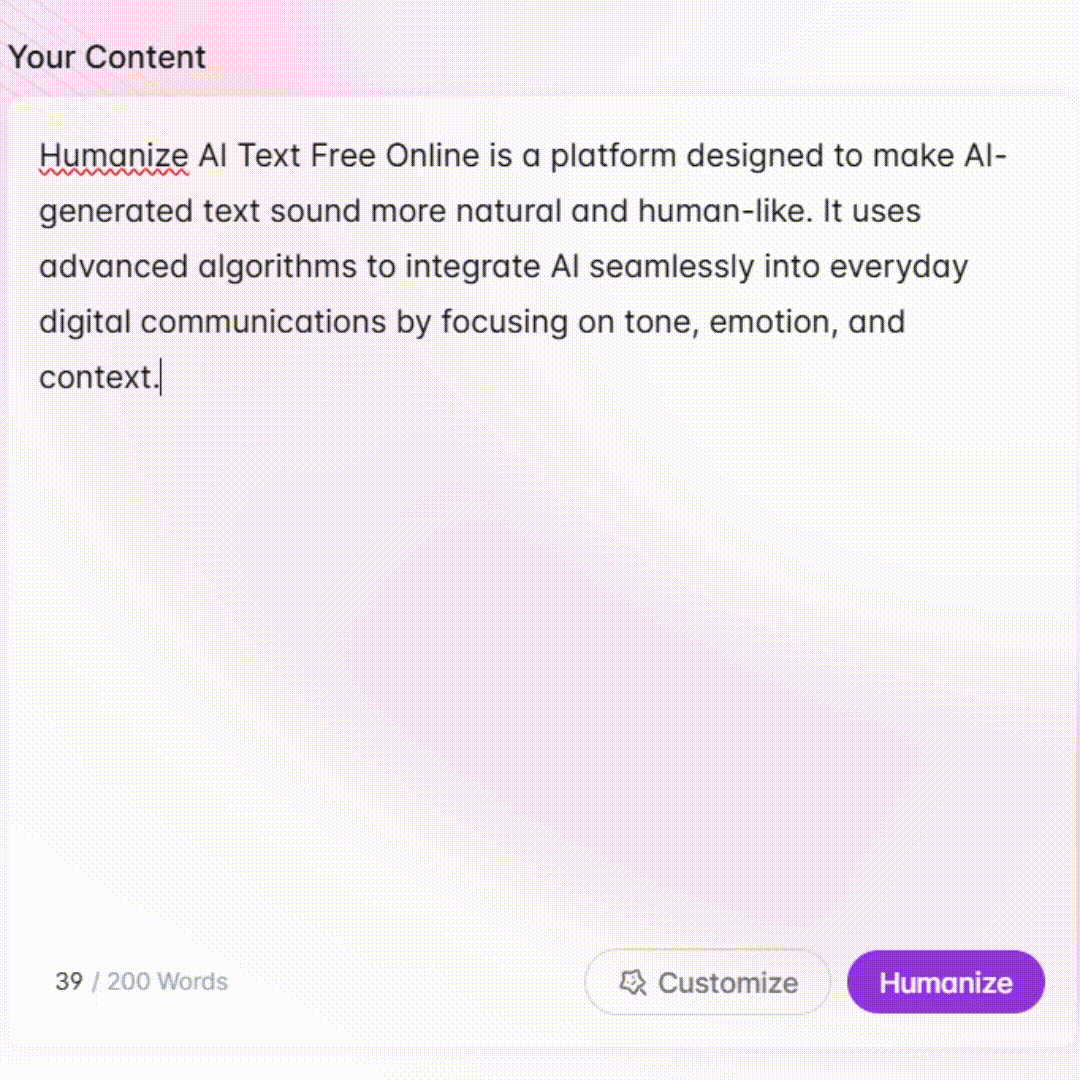
Dialogue with Yourself - Emotional Dialogue Tool

Hello! Let's explore your feelings together.
Converse with Emotions, Understand Your Inner Self
What is the main emotion you're feeling right now?
Can you describe how this feeling looks in your mind?
What do you think this emotion wants to tell you?
How do you feel after understanding this emotion better?
Get Embed Code
Understanding Dialogue with Yourself
Dialogue with Yourself is a unique conversational tool designed to help individuals engage in introspective communication with their own emotions and feelings. Its primary purpose is to assist users in naming and exploring their emotions, creating a visual representation of these feelings, and then facilitating a conversation as if they are speaking directly with the emotion itself. This process is intended to deepen self-understanding and foster emotional intelligence. For example, a person feeling 'anxious' can describe this anxiety, see it visualized, and then engage in a dialogue to understand what this anxiety is trying to communicate, potentially uncovering underlying concerns or needs. Powered by ChatGPT-4o。

Core Functions of Dialogue with Yourself
Emotion Visualization
Example
A user describes feeling 'overwhelmed' as a dark, heavy cloud. An image is created to visually represent this feeling.
Scenario
This function is used when a user struggles to articulate their feelings verbally. Visualizing the emotion can provide a clearer understanding and a starting point for introspection.
Emotion Personification Dialogue
Example
Asking the user what 'Loneliness' might be trying to protect them from, leading to a deeper understanding of their need for connection.
Scenario
This is particularly useful when an individual feels stuck in their emotional state. By conversing with the emotion, they can gain new perspectives and insights.
Emotional Transformation Tracking
Example
After a dialogue, the user re-describes 'Anger' as a smaller, less intimidating figure, indicating a shift in their emotional state.
Scenario
This function helps in tracking emotional changes throughout the conversation, showing progress and shifts in perception regarding the initial emotion.
Ideal User Groups for Dialogue with Yourself
Individuals Seeking Emotional Clarity
People who find it challenging to understand or express their emotions can benefit greatly. They gain a visual and conversational medium to explore and articulate their feelings.
Therapy and Counseling Clients
Those engaged in therapeutic or counseling sessions can use this tool as a supplementary method to explore emotions they might find difficult to address directly in traditional therapeutic settings.
Mindfulness Practitioners
Individuals practicing mindfulness and self-awareness can find this tool helpful in deepening their understanding of their emotional landscape, thus enhancing their mindfulness practices.

Guidelines for Using Dialogue with Yourself
Start your journey
Visit yeschat.ai to begin your experience with Dialogue with Yourself without the need for signing up or subscribing to ChatGPT Plus.
Identify your emotion
Clearly name the emotion or feeling you want to explore to create a focused dialogue.
Visualize the emotion
Describe the emotion in detail, enabling the creation of a visual representation for a deeper understanding.
Engage in dialogue
Converse as if you are the emotion, answering prompted questions to uncover the emotion's message and purpose.
Reflect and visualize again
After the conversation, describe the emotion once more to see how your perception might have shifted and visualize the change.
Try other advanced and practical GPTs
BestCV
Empowering Your Career with AI-Driven CV Reviews

TailwindGPT
Streamline your design workflow with AI

DOJO GURU v0.2.2
Empower your game development with AI-driven insights.

Pet Animator
Bring your pet to life with AI

Abstract Editor
Streamlining Scholarly Communication with AI

Lettre de motivation IA
Craft Your Perfect Cover Letter with AI

Master Key Advanced
Empowering quantum-safe security with AI

Policy Finder
Demystifying Legal Documents with AI

Filmy Captions
Bringing cinema to your images.

BackendGPT
Empowering Your Backend with AI

Seu Assistente Flow Grant
Empowering Your Grant Journey with AI

RustGPT
Empowering Rust Development with AI

Frequently Asked Questions about Dialogue with Yourself
What is the main purpose of Dialogue with Yourself?
Dialogue with Yourself is designed to help individuals understand and converse with their emotions, treating them as allies and gaining insights into their protective nature and messages.
How does visualizing emotions help in the dialogue process?
Visualizing emotions makes them more tangible, allowing individuals to confront and understand them better, facilitating a more meaningful and insightful dialogue.
Can Dialogue with Yourself help with any emotion?
Yes, Dialogue with Yourself is versatile and can assist in exploring a wide range of emotions, from common feelings like sadness and joy to more complex states like ambivalence or apathy.
Is Dialogue with Yourself suitable for daily use?
Absolutely, it can be used as a daily tool for emotional exploration and self-awareness, helping individuals connect with their feelings regularly.
How does Dialogue with Yourself ensure a productive conversation with emotions?
The tool guides users through structured, reflective questions, encouraging them to delve deeper into their emotions and uncover the underlying messages and intentions.






